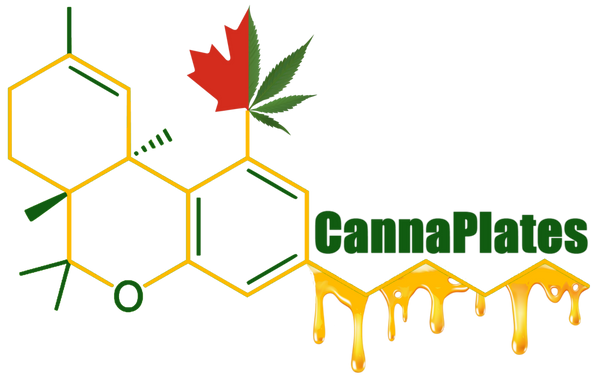CANNABIS CULTURE – You might think getting into growing marijuana is an easy affair. This couldn’t be further from the truth. Growing marijuana successfully takes a great deal of planning and effort.
Each crop takes 8 to 10 weeks to mature, so the grower will have to spend at least an hour a day for that length of time caring for them to ensure a crop has all the yield and potency that is possible.
To that end, here’s a list of ten things to know before starting a grow op:
Power Requirements – The 1000 watt lamp is the norm for a grow op. Most residential circuits will blow the power breaker if you plug in two 1000 watt lamps into the same outlet, as the limit for most residential power outlets is 1500 watts. Trying to pull 2000 watts out of this circuit will just not work. Even if only one 1000 watt lamp is being used, the other electronics you’ll need for the grow ops such as fans and pumps will still overwhelm one circuit.
Growing Method – There are many different techniques to grow marijuana hydroponically. The most common growing methods include
Ebb & Flood – Take a plastic container and fill it with pea gravel. Flood the pea gravel with nutrient solution until the reservoir is full. Drain the nutrient solution out of the reservoir. The nutrient solution left over between the pea gravel will nourish the roots. Do this several times a day.
Peat & Perlite – This technique is simple and affective. Fill a large pot with a mixture of Peat and Perlite. Perlite is a glass product that retains a large amount of moisture. The peat gives a stable and inert growing medium for the roots to grow in to. The one drawback to this method is the salt accumulation midway in the growing cycle. Flush the salts down into the bottom of the pot by flooding with pure pH balanced water.
Nutrient Flow Technique (NFT) – Basically, the nutrient solution constantly flows through a flat-bottomed tray or a wide, round pipe (PVC plumbing pipes work excellent for this). The nutrient solution is allowed to flow over the roots of the plant, delivering the nutrient very efficiently. Because the roots are sitting in fast flowing water, a large amount of oxygen is delivered to the roots. Most NFT growers also aerate the solution in the reservoir to further increase the oxygen content of the nutrient solution.
Aeroponics – This method is a spin-off of NFT – the setup is almost the same. What changes, though, is the method of delivering the nutrient. Instead of having the nutrient flow over the roots, the nutrient is blown on in a fine mist via a special nozzle, much like the fuel injector on your car.
Nutrient Solution – Finding one nutrient solution that covers all of the plants’ nutritional needs is a tall task. The norm is to find a nutrient solution that covers as many of the essential chemicals required by the plant and adding a secondary nutrient source tailored to the 3 basic growth cycles marijuana grows through to become a mature plant.
Growing Area – Selecting a growing area can be tough to do. Find a spot with low amounts of dust. Dust carries pests, so find a clean area to start a crop. Also required is about 6 feet of clearance from the top to the bottom. This is because both the plant and the lamp require vertical space. The lamp must be kept a certain distance from the top of the plant to prevent the lamp from burning the tips of the plants.
Growing Space – Marijuana requires a large footprint to grow in. Each plant requires 4 square feet (2 feet by 2 feet) of growing space. If the plants are placed closer than this the limbs of each plant will block the light of the other plants, leading to an unhealthy crop.
pH & PPM – The pH of the nutrient solution refers to how acidic or how alkaline the nutrient solution is. Marijuana likes a pH of about 5.5, which is slightly acidic. PPM (Parts Per Million) refers to the potency of the nutrient solution. The required PPM of your nutrient solution depends on the nutrient type that will be used. Find the recommended PPM for fast growing leafy plants on the container the raw nutrient comes in.
Marijuana Strain – Selecting a strain of marijuana to grow can be complicated, as there are hundreds of different strains, each with their own pros and cons. Find a strain that is appealing according to length of time to maturity, potency and ease of growth. Some strains are finicky, so they shouldn’t be used as a first crop.
Odor Reduction – Marijuana has a very strong odor to it, especially in the budding stage. This odor can fill whatever building it is being grown in. Combat this with a hepa filter on a fan vented to the out of doors drawn directly from the growing area.
Nutrient Deficiencies – As the plant goes through the 3 stages of growth, it will require additions of raw nutrient in order to stay healthy. Purchase a good book that shows all of the common signs of nutrient deficiency or find a good web site as a reference.
Processing a Matured Plant – Once the plant has matured, it must be stripped of its buds. The buds must then be dried or cured in order to be suitable for smoking. Also decide if you’re going to use the leaves as the base for hash oil.
These are 10 points to think through and hopefully give an idea of what is involved in creating a successful grow op. One can never know too much about growing this magical plant, so be educated about growing, be diligent about the health of the crop and share the crop with friends.


